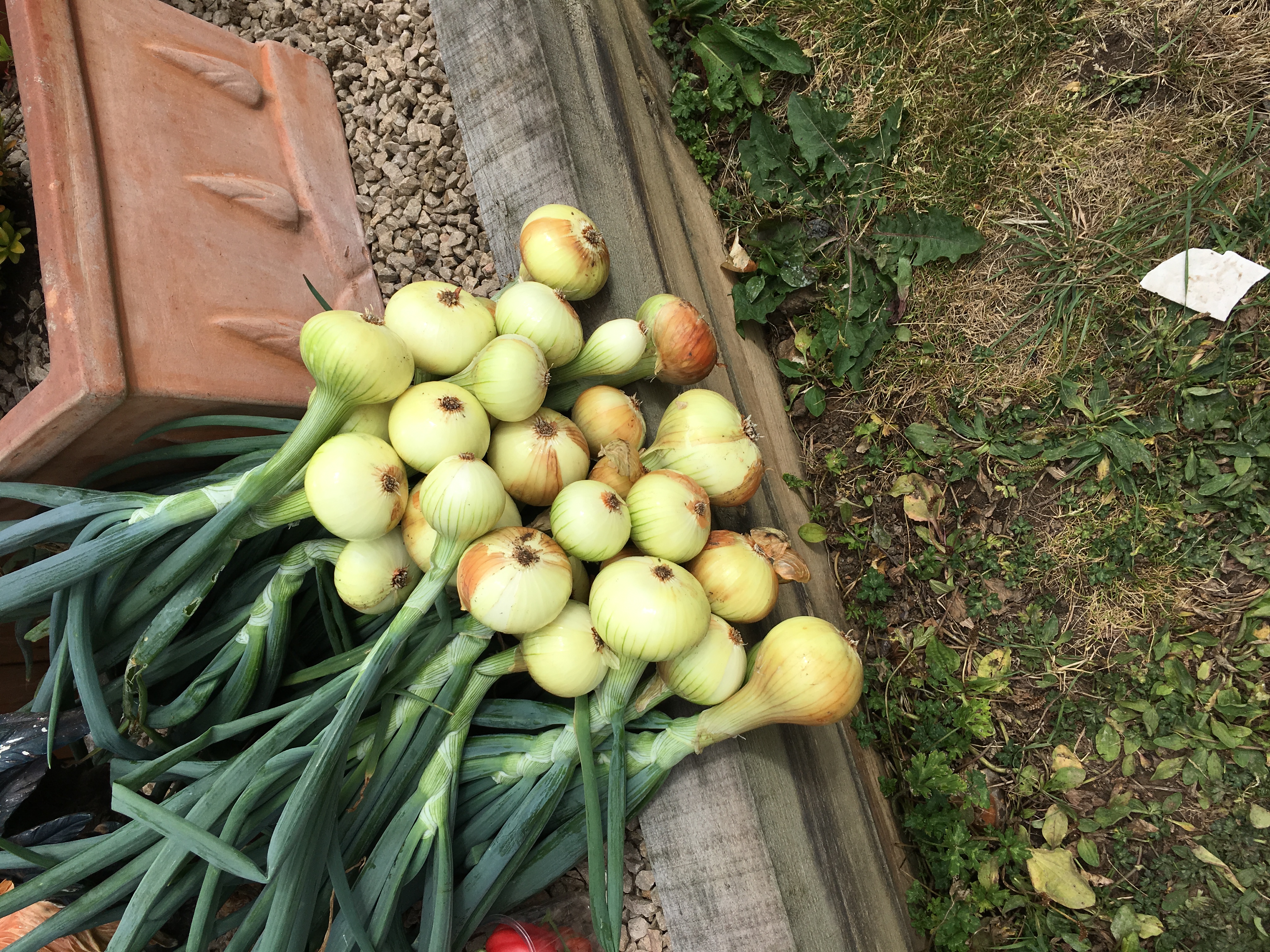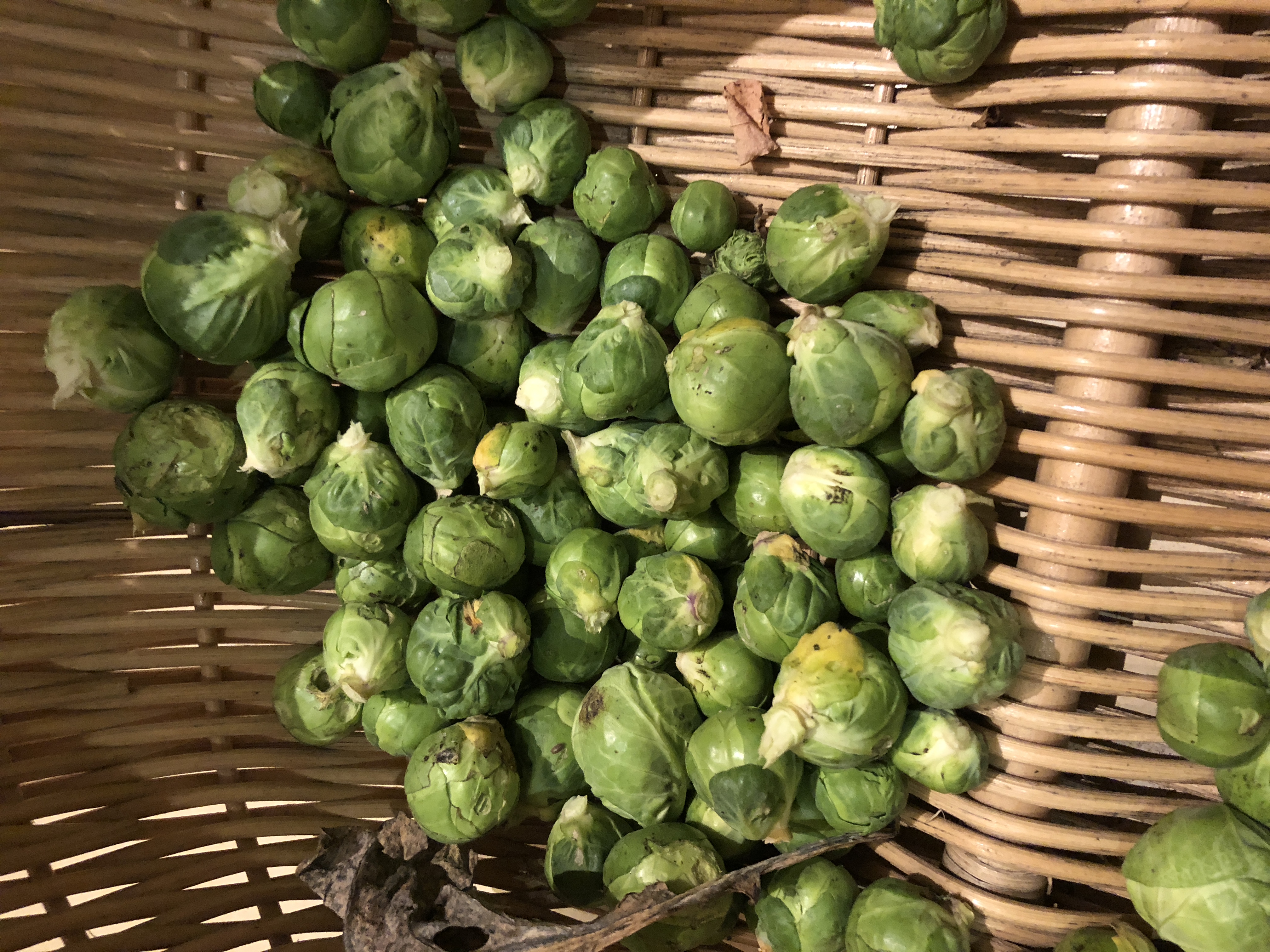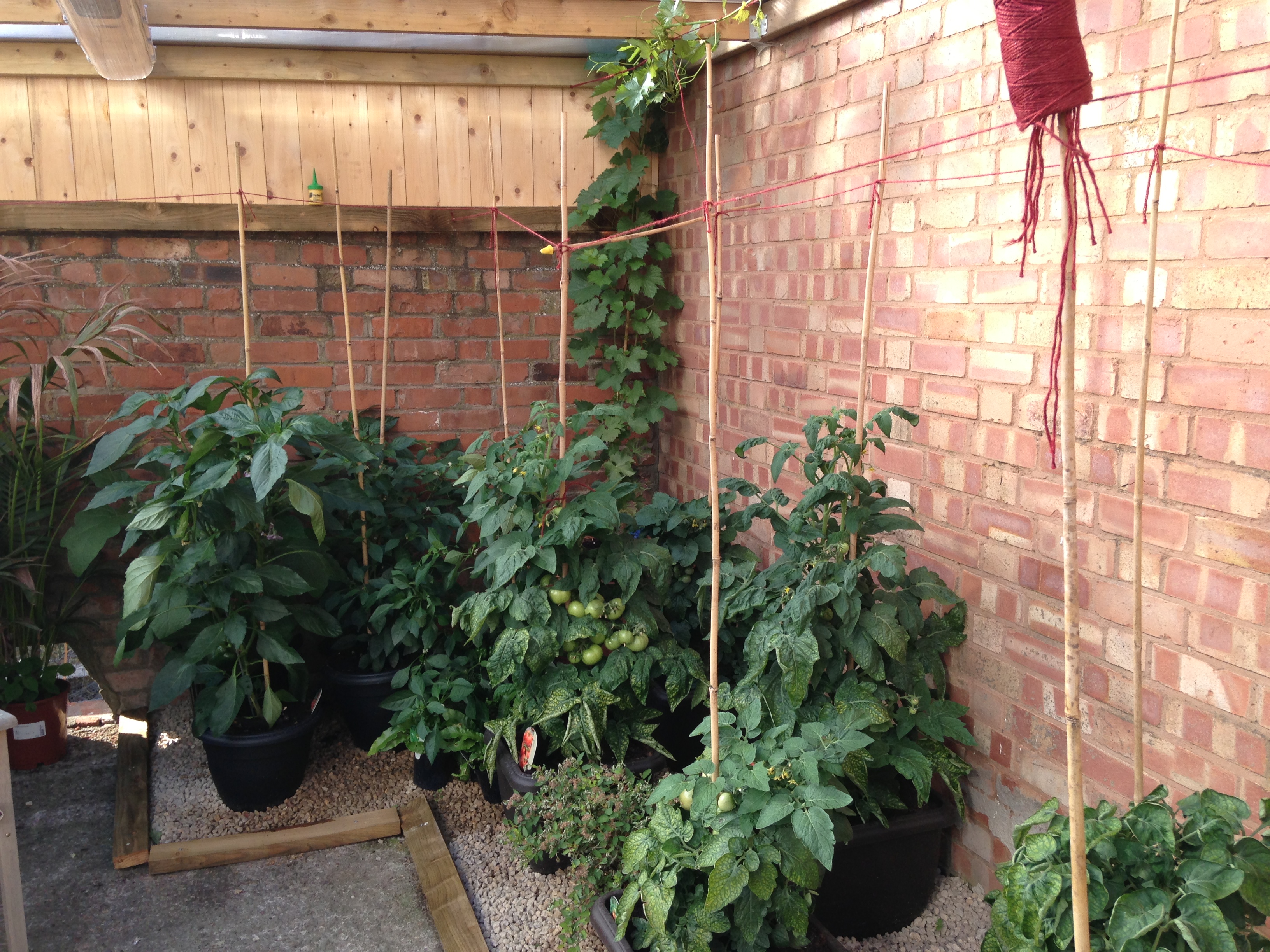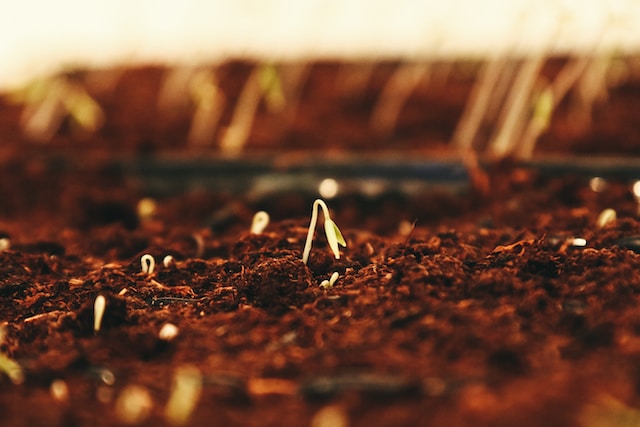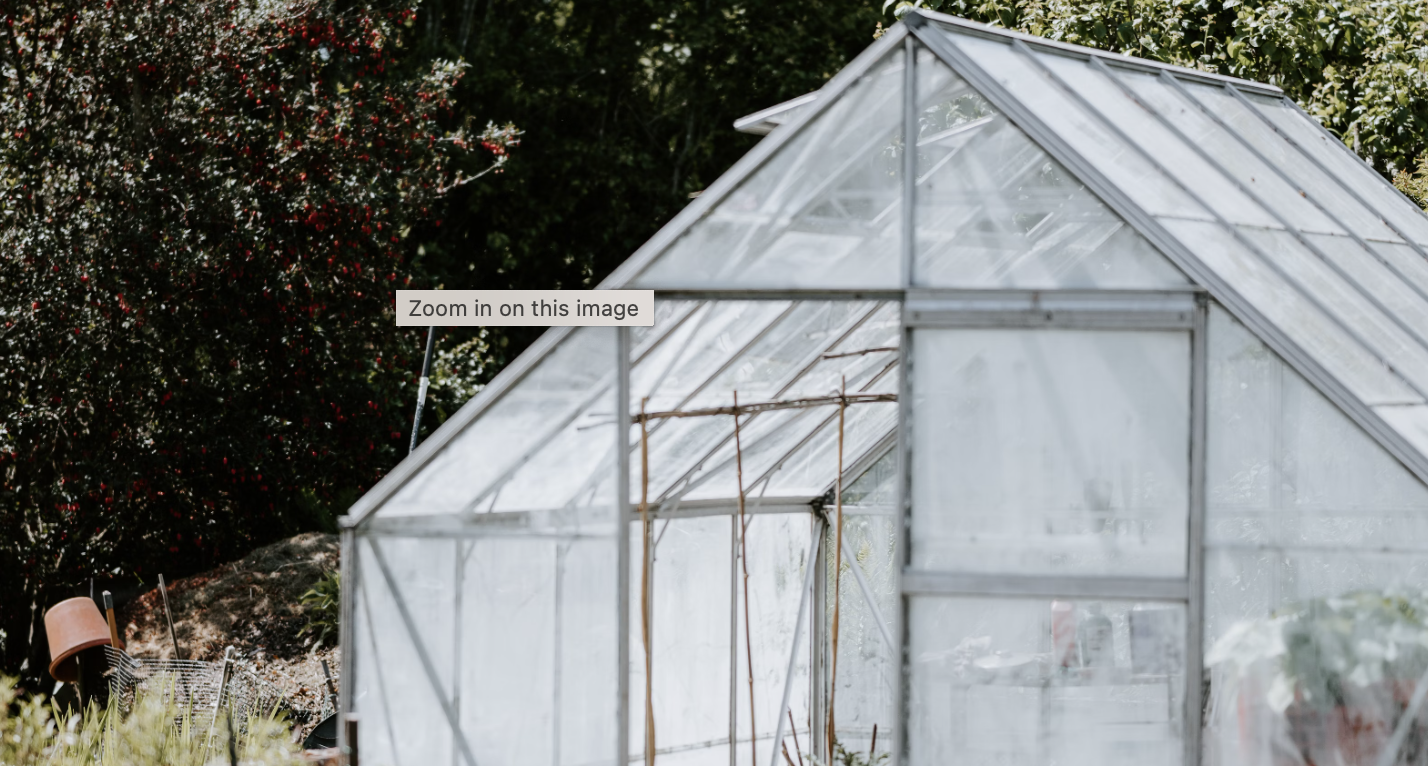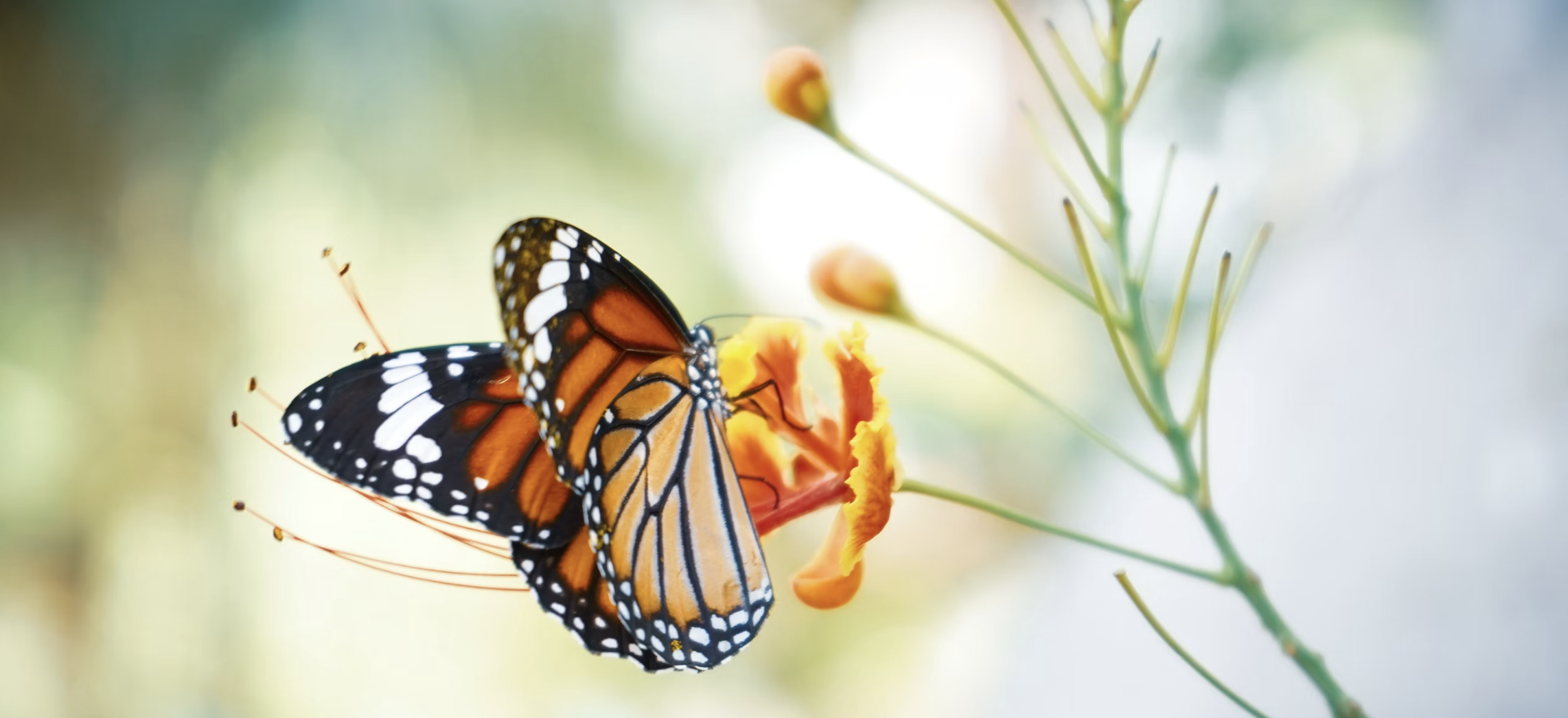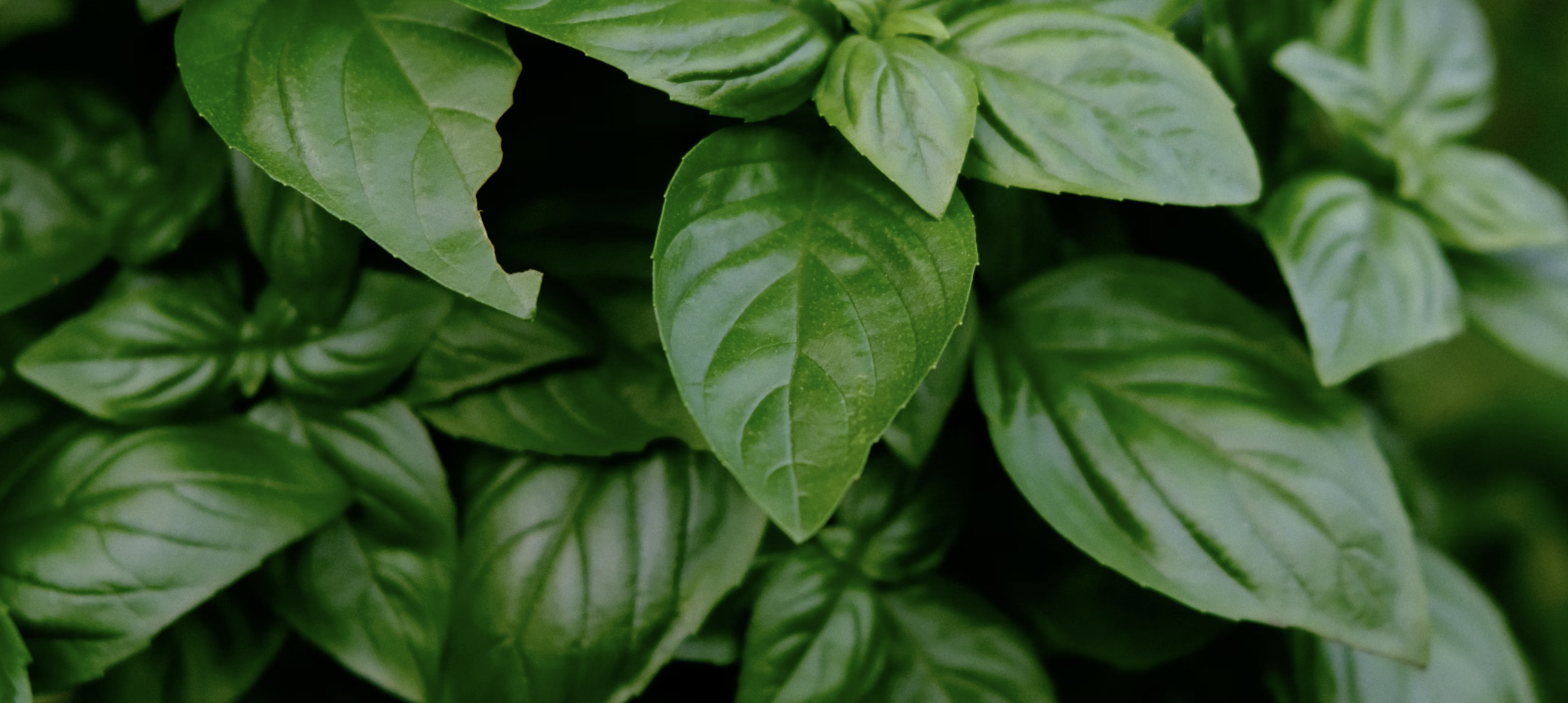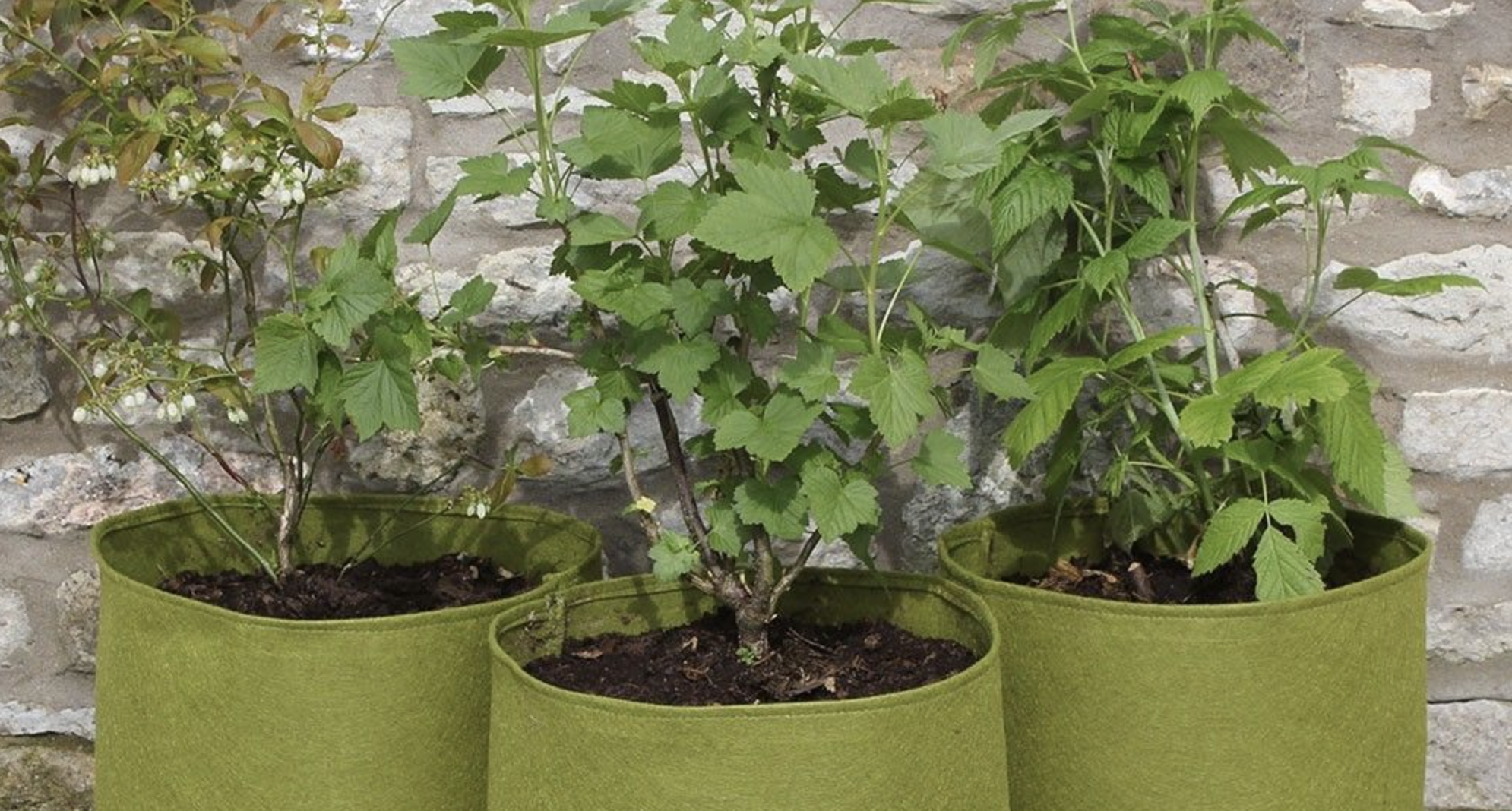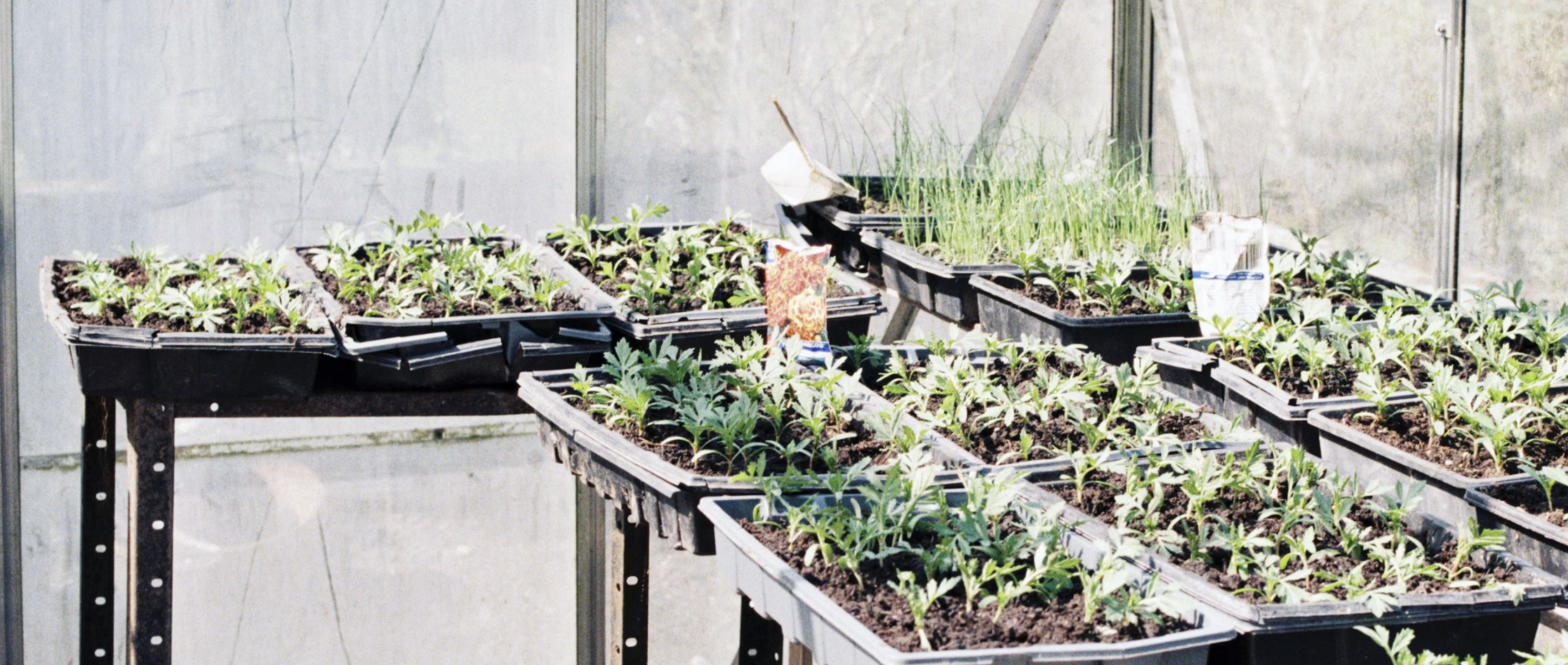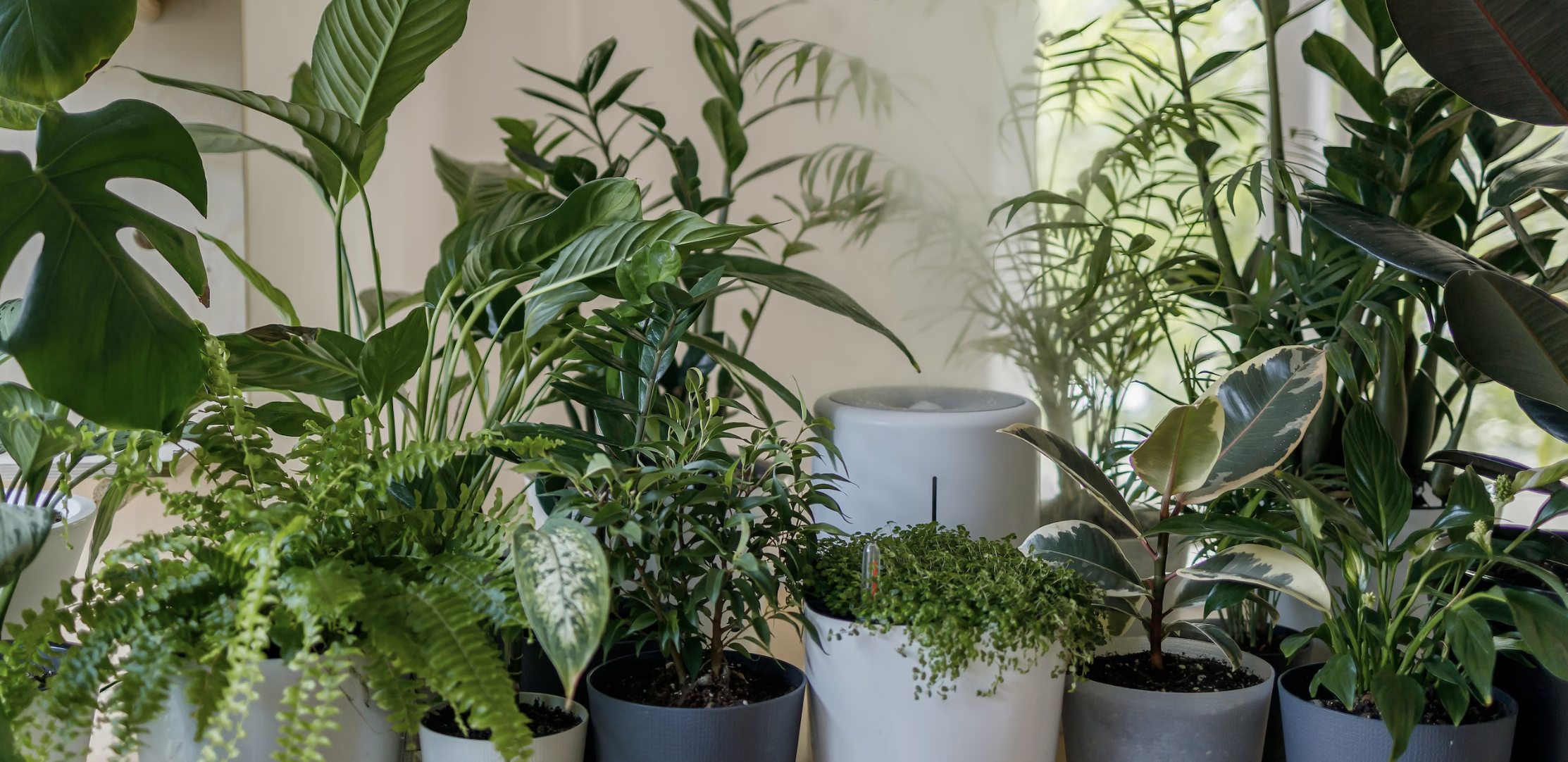
Are you a plant enthusiast looking for the perfect pot to complement your greenery? Choosing the right plant pot goes beyond aesthetics – it can impact the overall health and growth of your plants. In this article, we'll explore how to select the perfect plant pot for your home or garden.
When it comes to finding the ideal plant pot, several factors come into play. First, consider the material. From classic terracotta to modern ceramic and plastic options, each has its pros and cons. We'll discuss the benefits of each and help you decide which material works best for your plants and lifestyle.
Next, size matters. The size of the pot determines the root's space and affects the plant's growth. Whether you’re repotting existing plants or starting from scratch, we'll guide you on choosing the right size container for optimal plant development.
Drainage is also crucial in keeping your plants healthy. We'll dive into the importance of drainage holes and how they prevent root rot and waterlogged soil, ensuring your plants thrive.
With our comprehensive guide, you'll walk away with the knowledge to confidently choose the perfect plant pot that suits your style and keeps your plants happy. Let's get started!
Importance of choosing the right plant pot
Choosing the right plant pot is essential for the overall well-being of your plants. The pot you select can impact factors such as water retention, root development, and overall plant health. A proper plant pot should provide adequate drainage, enough space for root growth, and be made from a suitable material. Neglecting these factors can lead to issues such as root rot, stunted growth, and even plant death. By understanding the importance of choosing the right plant pot, you can ensure your plants thrive in their environment.
When plants are placed in pots that are too small, their roots become cramped, limiting their ability to absorb nutrients and water. This can result in stunted growth and a weakened plant. On the other hand, choosing a pot that is too large can lead to overwatering and the accumulation of excess moisture in the soil, causing root rot. By selecting the appropriate size of plant pot, you allow your plants to establish a healthy root system and promote optimal growth.
The material of the plant pot also plays a significant role in the health of your plants. Different materials have varying levels of water retention, breathability, and insulation properties. For example, terracotta pots are porous, allowing excess water to evaporate and preventing waterlogged soil. Plastic pots, on the other hand, retain moisture for longer periods, which may be beneficial for certain plant species. Understanding the characteristics of each material will help you make an informed decision based on the needs of your plants.
Factors to consider when choosing a plant pot
When selecting a plant pot, there are several factors to consider to ensure the best environment for your plants. These factors include the material, size, drainage, style, and design. By taking these factors into account, you can create an optimal growing environment for your plants and enhance the overall aesthetics of your home or garden.
Different Types of Plant Pots
Plant pots come in a variety of materials, each with its own advantages and disadvantages. Understanding the characteristics of each type of pot will help you determine which one is best suited for your needs.
1. Terracotta pots: Terracotta pots are a classic choice for plant enthusiasts. They are made from clay and have a rustic, earthy appearance. Terracotta pots are porous, allowing air and moisture to pass through the walls, promoting healthy root development. However, they can be prone to cracking in extreme temperatures and may require more frequent watering due to their moisture-absorbing properties.
2. Ceramic pots: Ceramic pots are known for their durability and versatility. They come in a wide range of colors, shapes, and sizes, making them suitable for various plant types and interior styles. Ceramic pots retain moisture better than terracotta pots, providing a more stable environment for plants. However, they may be heavier and more expensive compared to other materials.
3. Plastic pots: Plastic pots are lightweight, affordable, and available in numerous colors and designs. They are durable and retain moisture well, making them suitable for plants that require consistent watering. However, plastic pots may not provide adequate breathability for certain plant species, and they can deteriorate over time from exposure to sunlight.
4. Fiberglass pots: Fiberglass pots are lightweight and resistant to cracking, making them a popular choice for outdoor use. They come in various finishes, including faux stone and metallic, allowing for versatility in design. Fiberglass pots provide good insulation for plants and are less prone to water evaporation. However, they may not be as breathable as other materials, and their appearance may not suit all interior styles.
5. Wooden pots: Wooden pots add a natural and rustic touch to any home or garden. They are breathable and provide good insulation for plant roots. However, wooden pots require regular maintenance to prevent rotting and may not be suitable for plants that require consistently moist soil.
Choosing the Right Size of Plant Pot
The size of the plant pot is crucial for the proper growth and development of your plants. When selecting a pot, consider the mature size of the plant and allow room for root expansion. A pot that is too small can restrict root growth and lead to stunted development, while a pot that is too large can result in overwatering and decreased nutrient absorption. It's essential to strike the right balance to provide your plants with sufficient space for their roots to thrive.
To determine the appropriate pot size, consider the following guidelines:
1. For small plants: Choose a pot that is 1-2 inches larger in diameter than the current root ball of the plant. This will provide enough space for the roots to spread and grow.
2. For medium-sized plants: Select a pot that is 2-4 inches larger in diameter than the current root ball. This will allow for future root growth without overwhelming the plant.
3. For large plants or those with extensive root systems: Opt for a pot that is 4-6 inches larger in diameter than the current root ball. This will accommodate the plant's growth and provide ample space for the roots to establish themselves.
Remember, it's better to choose a slightly larger pot than a smaller one, as you can always fill the extra space with well-draining potting mix.
Selecting the Appropriate Material for Your Plant Pot
The material of the plant pot plays a crucial role in its functionality and the overall health of your plants. Each material has its own advantages and disadvantages, and choosing the right one depends on factors such as the type of plant, climate, and personal preference.
1. Terracotta: Terracotta pots are a popular choice among plant enthusiasts for their natural and rustic appearance. They are breathable and allow for air and moisture exchange, promoting healthy root development. However, terracotta pots can be prone to cracking in freezing temperatures, and they may require more frequent watering due to their porous nature.
2. Ceramic: Ceramic pots are known for their durability and versatility. They come in a wide range of colors, shapes, and sizes, making them suitable for various plant types and interior styles. Ceramic pots retain moisture better than terracotta, providing a more stable environment for plants. However, they may be heavier and more expensive compared to other materials.
3. Plastic: Plastic pots are lightweight, affordable, and available in numerous colors and designs. They are durable and retain moisture well, making them suitable for plants that require consistent watering. However, plastic pots may not provide adequate breathability for certain plant species, and they can deteriorate over time from exposure to sunlight.
4. Fiberglass: Fiberglass pots are lightweight and resistant to cracking, making them a popular choice for outdoor use. They come in various finishes, including faux stone and metallic, allowing for versatility in design. Fiberglass pots provide good insulation for plants and are less prone to water evaporation. However, they may not be as breathable as other materials, and their appearance may not suit all interior styles.
5. Wood: Wooden pots add a natural and rustic touch to any home or garden. They are breathable and provide good insulation for plant roots. However, wooden pots require regular maintenance to prevent rotting and may not be suitable for plants that require consistently moist soil.
When selecting a material, consider the specific needs of your plants, the environment they will be placed in, and your personal style preferences. Finding the right balance between functionality and aesthetics will ensure the optimal health and growth of your plants.
Finding the Right Style and Design for Your Plant Pot
The style and design of your plant pot can enhance the overall aesthetics of your home or garden. With the wide variety of options available, you can choose a pot that complements your interior or outdoor space, adding a touch of personality and style. Consider the following factors when selecting the style and design of your plant pot:
1. Color: Choose a color that complements your plant's foliage and the surrounding environment. Neutral tones such as white, gray, and black provide a timeless and versatile look, while bold colors can add a pop of vibrancy and create a focal point.
2. Shape: The shape of the pot can contribute to the overall visual appeal. Consider the form of your plant and choose a pot that complements its growth habit. Tall and narrow pots are suitable for plants with upright growth, while shallow and wide pots work well for plants that spread horizontally.
3. Texture: Textured pots can add visual interest and create a unique focal point. Consider pots with patterns, etchings, or embossed designs to add depth and dimension to your plant display.
4. Material Finish: Different finishes, such as glossy, matte, or textured, can create different visual effects. Choose a finish that complements your interior or outdoor decor and adds a cohesive element to your overall design.
5. Matching Sets: If you have multiple plants, consider creating a cohesive look by choosing pots that belong to the same set or share a similar design theme. This can create a sense of harmony and unity in your plant display.
By considering these style and design factors, you can select plant pots that not only provide a suitable environment for your plants but also enhance the overall aesthetics of your space.
Tips for Matching Plant Pots with Your Home or Garden Decor
Matching your plant pots with your home or garden decor can create a cohesive and visually appealing space. Here are some tips to help you achieve a harmonious look:
1. Consider the overall style: Take into account the existing style and theme of your home or garden. Whether it's modern, minimalist, or rustic, choose plant pots that complement the overall aesthetic. For example, sleek and minimalist pots work well in contemporary spaces, while terracotta pots enhance a rustic or Mediterranean theme.
2. Coordinate colors: Choose plant pots that match or complement the colors used in your home or garden. Consider the color scheme of your space and select pots that harmonize with the existing palette. This can create a visually pleasing and well-coordinated look.
3. Mix and match: Don't be afraid to mix and match different pot materials, styles, and sizes. This can add visual interest and create a dynamic display. For example, combine terracotta and ceramic pots for a natural yet modern look, or mix different sizes and shapes for a playful and eclectic vibe.
4. Use plant stands and shelves: Incorporate plant stands or shelves to elevate your pots and create visual layers. This can add depth to your display and make a statement in your space. Choose stands or shelves that complement the style and material of your pots for a cohesive look.
5. Consider the plant's needs: While aesthetics are important, don't forget to prioritize the needs of your plants. Ensure the pots you choose provide adequate drainage, space for root growth, and suitable insulation. Balancing functionality and style will result in a healthy and visually appealing plant display.
By following these tips, you can create a harmonious and visually stunning plant display that complements your home or garden decor.
Different types of plant pots
When it comes to plant pots, there are several options available in the market. Each type has its own advantages and disadvantages, and choosing the right one depends on your specific needs and preferences.
1. Terracotta pots
Terracotta pots are classic and timeless. Made from fired clay, these pots are known for their porous nature, allowing for better airflow and water drainage. They are great for plants that require dry soil, as the terracotta material helps in preventing overwatering. However, terracotta pots can be heavy and prone to cracking in extreme temperatures.
2. Ceramic pots
Ceramic pots are popular for their versatility and aesthetic appeal. They come in various shapes, sizes, and colors, making them perfect for showcasing your plants as decorative pieces. Ceramic pots are usually glazed, which helps retain moisture and prevents water from evaporating too quickly. However, they can be more expensive compared to other options.
3. Plastic pots
Plastic pots are lightweight, affordable, and available in a wide range of sizes and colors. They are durable, easy to clean, and don't break easily, making them a practical choice for novice gardeners or those looking for budget-friendly options. However, plastic pots are not as breathable as terracotta or ceramic pots, which can lead to water retention issues if not properly monitored.
Choosing the right type of plant pot depends on various factors such as the type of plants you have, your climate, and your personal preferences. Consider these factors carefully before making a decision.
Choosing the right size of plant pot
The size of the plant pot plays a crucial role in the growth and development of your plants. It determines the amount of space available for the roots to spread and the amount of soil and nutrients the plant can access.
1. Repotting existing plants
If you're repotting an existing plant, it's important to choose a pot that is slightly larger than the current one. This allows the roots to have enough room to grow without becoming constricted. A general rule of thumb is to increase the pot size by one inch in diameter for every 2-3 years of growth.
2. Starting from scratch
If you're starting with a new plant, consider the ultimate size it will reach when choosing a pot. Research the specific plant's mature size and choose a pot that will accommodate its growth. Starting with a pot that is too large can lead to overwatering and root rot, while starting with a pot that is too small can stunt the plant's growth.
It's important to strike a balance when choosing the size of the plant pot. Too large of a pot can lead to excessive water retention, while too small of a pot can restrict root growth. Assess the needs of your plants and choose a pot size accordingly.
Selecting the appropriate material for your plant pot
The material of the plant pot is not just about aesthetics; it also affects the overall health and well-being of your plants. Different materials have different properties that can either benefit or harm your plants, so it's important to choose wisely.
1. Porous materials
Terracotta and unglazed clay pots are examples of porous materials. They allow air and moisture to pass through the pot, promoting better drainage and preventing root rot. These pots are ideal for plants that prefer drier soil conditions. However, keep in mind that the porous nature of these pots can lead to quicker evaporation of water, so regular watering may be required.
2. Non-porous materials
Plastic and glazed ceramic pots are examples of non-porous materials. They retain moisture better and are suitable for plants that prefer more consistent soil moisture. These pots require less frequent watering as the material prevents excessive evaporation. However, be cautious not to overwater, as the lack of drainage can cause waterlogged soil and root rot.
Consider the watering needs of your plants and the environment they will be in when choosing the material of the plant pot. Finding the right balance of moisture retention and drainage is key to keeping your plants healthy.
Finding the right style and design for your plant pot
Apart from the functionality, the style and design of the plant pot can enhance the overall aesthetics of your home or garden. Here are a few tips to help you find the perfect style and design for your plant pot:
1. Consider your home or garden decor
Choose a plant pot that complements the existing decor of your home or garden. If you have a modern and minimalistic interior, opt for sleek and simple designs. For a more rustic or bohemian look, consider pots with earthy colors and natural textures.
2. Think about the plant's characteristics
The plant's characteristics can also influence the choice of pot design. For plants with trailing or cascading growth habits, hanging pots or planters are a great choice. For plants with tall and upright growth, taller pots can provide better stability and support.
3. Experiment with different shapes and sizes
Don't be afraid to mix and match different shapes and sizes of plant pots. Grouping pots of varying heights and sizes can create visual interest and add depth to your plant display.
Finding the right style and design for your plant pot is a personal choice. Let your creativity and personal taste guide you in selecting pots that not only suit your plants but also reflect your unique style.
Tips for matching plant pots with your home or garden decor
Matching your plant pots with your home or garden decor can create a cohesive and visually appealing look. Here are a few tips to help you achieve a well-matched aesthetic:
1. Color coordination
Choose plant pots that complement the color palette of your home or garden. Consider the existing colors in your space and select pots that either blend in or provide a contrasting pop of color.
2. Material consistency
Maintain consistency in the materials used throughout your home or garden. If you have predominantly wooden furniture or accents, consider using wooden plant pots or planters to create a cohesive look.
3. Consider the overall theme
If you have a specific theme or style in mind for your home or garden, ensure that the plant pots align with that theme. For example, if you have a tropical-themed garden, opt for colorful and vibrant plant pots to enhance the overall tropical vibe.
Remember, matching your plant pots with your home or garden decor is a personal choice. Experiment with different combinations and find what resonates with your style and preferences.
Where to buy plant pots
Plant pots can be found in various places, both online and offline. Here are some popular options for purchasing plant pots:
1. Garden centers and nurseries
Local garden centers and nurseries often have a wide selection of plant pots to choose from. Visit these places to get a hands-on experience and see the pots in person before making a purchase.
2. Online marketplaces
Online marketplaces like Amazon, eBay, and Etsy offer a vast range of plant pots in different styles, sizes, and materials. Browse through the options, read reviews, and compare prices to find the best deal.
3. Home improvement stores
Home improvement stores like Home Depot and Lowe's also have a dedicated section for plant pots. These stores offer a variety of options suitable for different budgets and preferences.
When purchasing plant pots, consider factors such as quality, price, and shipping options. Read product descriptions and customer reviews to ensure you're making an informed decision.
DIY plant pot ideas
If you're feeling creative and want to add a personal touch to your plant pots, consider DIY options. Here are a few ideas to get you started:
1. Painted pots
Transform plain terracotta pots into works of art by painting them with acrylic or outdoor paint. Experiment with different patterns, colors, and textures to create unique designs.
2. Decoupage pots
Decoupage is a technique where you glue paper or fabric onto the surface of an object. Apply this technique to plant pots by using decorative paper or fabric to create intricate designs.
3. Upcycled containers
Repurpose old containers such as mason jars, tin cans, or even old shoes to create unique and eco-friendly plant pots. Get creative and think outside the box when it comes to choosing containers for your plants.
DIY plant pots allow you to unleash your creativity and add a personal touch to your plant collection. Explore different ideas and have fun while creating your own unique plant pots.
Conclusion
Choosing the perfect plant pot for your home or garden involves considering factors such as material, size, and drainage. The right pot can enhance the growth and overall health of your plants, while also adding aesthetic appeal to your space. Consider the needs of your plants, your personal style, and the existing decor to make an informed decision. With the knowledge gained from this comprehensive guide, you can confidently choose the perfect plant pot that suits your style and keeps your plants happy. Happy pot hunting!




